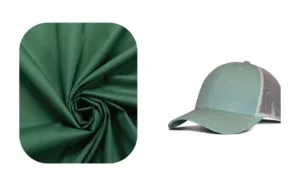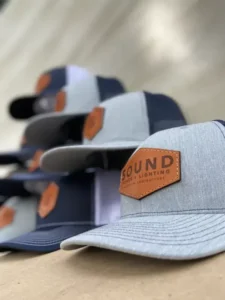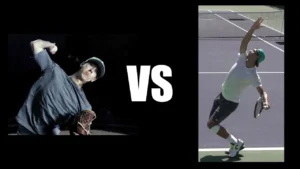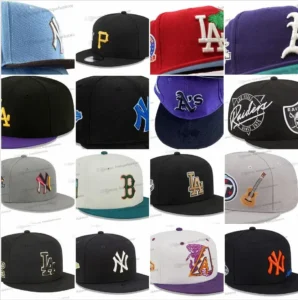Embroidery is a timeless way to personalize and elevate the look of hats, turning simple headwear into powerful branding or fashion statements. But can you embroider directly on a hat’s fabric, or are there specific methods and challenges involved? This question often puzzles both beginners and seasoned designers seeking the best finish for their hats.
Yes, you can embroider directly on a hat, but the process requires specialized equipment and techniques to handle the hat’s curved surface and fabric type, ensuring a clean, durable, and professional result. Understanding when and how to apply direct embroidery is crucial for optimal quality. Intrigued by the details behind this craft? Let’s explore the technicalities, limitations, and best practices of direct hat embroidery.
Imagine your logo flawlessly stitched onto a cap that feels seamless and professional, catching eyes effortlessly. The secret lies in mastering the art of direct embroidery—keep reading to uncover how to achieve this.
1. What Does It Mean to Embroider Directly on a Hat?
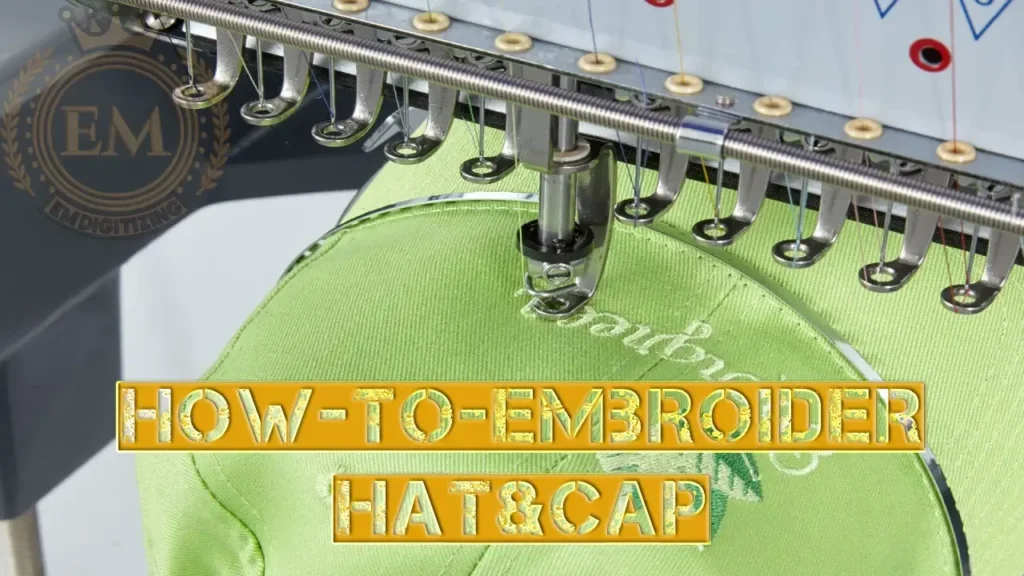
Direct embroidery means stitching a design straight onto the hat’s fabric without any pre-made patches or transfers, creating a permanent, textured logo.
Direct embroidery on hats involves stitching the design directly onto the fabric, offering durability and a premium, textured finish.
- Definition: Unlike patches or heat transfers, the needle and thread go directly into the hat’s material.
- Advantages: Durable, washable, and visually appealing with a 3D texture.
- Common Uses: Logos, text, and simple graphics for branding and fashion.
- Fabric Compatibility: Works best on sturdy fabrics like cotton, polyester, and blends.
- Technology: Often requires specialized cap embroidery machines with hat frames.
| Embroidery Type | Application | Durability | Visual Effect |
|---|---|---|---|
| Direct Embroidery | Stitching on hat fabric | Very durable | Textured, premium |
| Patches | Pre-made sewn or heat-applied | Durable but removable | Raised, layered |
| Heat Transfers | Printed vinyl or ink transfers | Moderate | Flat, colorful |
2. Which Types of Hats Are Suitable for Direct Embroidery?

Structured hats with firm fronts like baseball caps and snapbacks are ideal for direct embroidery due to their stable surface.
Structured hats such as baseball caps and snapbacks are best for direct embroidery because their firm panels support clean, detailed stitching.
- Baseball Caps: Structured panels provide a flat, sturdy surface ideal for embroidery.
- Snapbacks: Similar to baseball caps, they support high-quality stitching.
- Trucker Hats: Foam fronts are great for embroidery; mesh backs are usually left plain.
- Beanies: Direct embroidery is possible but challenging due to stretch; requires special techniques.
- Bucket Hats: Soft, curved fabric makes embroidery difficult; often better suited for patches or prints.
| Hat Type | Embroidery Suitability | Notes |
|---|---|---|
| Baseball Caps | High | Flat, stable panels |
| Snapbacks | High | Adjustable fit, firm front |
| Trucker Hats | Moderate | Foam front yes, mesh no |
| Beanies | Low to moderate | Stretch fabric challenges |
| Bucket Hats | Low | Soft fabric, curved surfaces |
3. How Is Direct Embroidery on Hats Executed Technically?
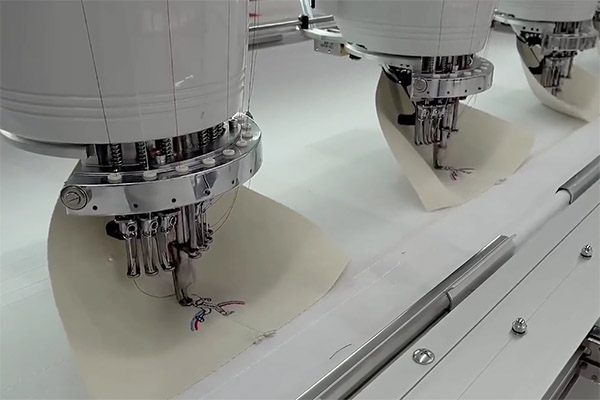
Direct embroidery uses specialized machines that secure the hat in a frame to stabilize it during stitching on curved surfaces.
Specialized cap embroidery machines hold hats in frames to stabilize curved surfaces, allowing precise stitching directly onto the fabric.
- Hat Frames: Custom-shaped hoops hold the hat securely, preventing movement.
- Digitizing the Design: Logo files are converted into stitch patterns compatible with machines.
- Stitching: Machines use multiple needles and threads to stitch the design layer by layer.
- Thread Types: Polyester and rayon threads are common for durability and sheen.
- Quality Control: Regular checks ensure even stitching, proper tension, and alignment.
| Step | Purpose | Equipment/Material |
|---|---|---|
| Digitizing | Preparing design for stitch | Software |
| Hoop Mounting | Stabilizing hat during stitching | Cap frames |
| Stitching | Applying thread pattern | Embroidery machines |
| Thread Selection | Ensuring durability and color | Polyester or rayon thread |
| Inspection | Quality assurance | Manual and automated checks |
4. Are There Limitations or Challenges When Embroidering Directly on Hats?
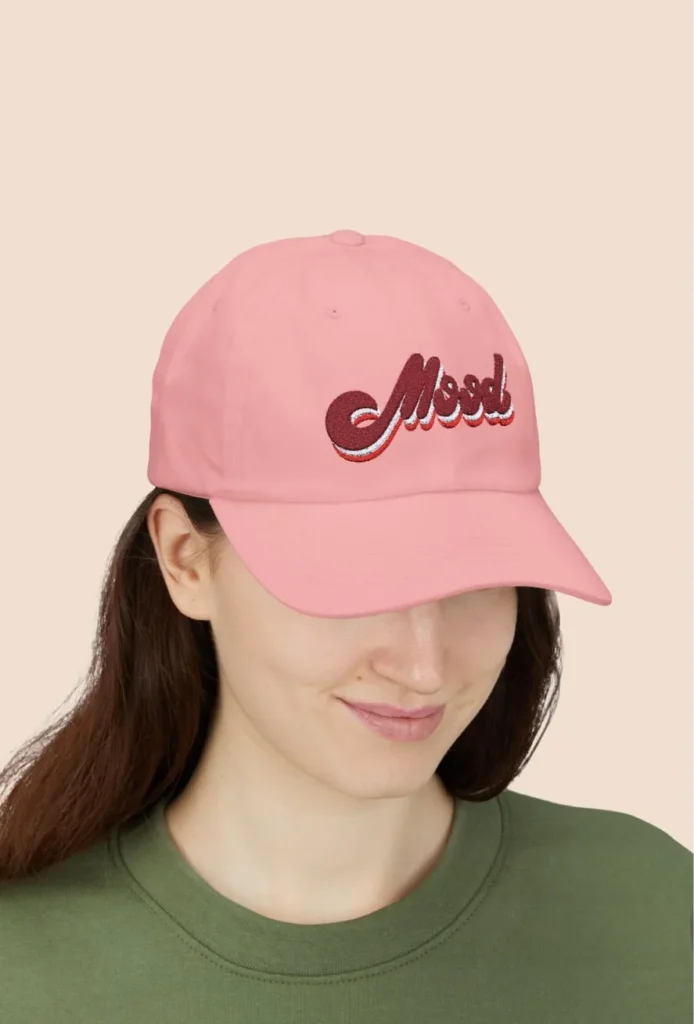
Embroidery on hats faces challenges like seams, curvature, fabric type, and logo complexity that can affect quality.
Challenges of direct embroidery on hats include fabric curvature, seams, and detailed logos that may distort or reduce clarity.
- Seams: Embroidering over hat seams causes distortion; designs must avoid these areas.
- Curved Surfaces: Difficult to keep fabric taut; specialized hoops help minimize distortion.
- Fabric Stretch: Soft or knitted fabrics can pucker or warp under stitches.
- Logo Complexity: Highly detailed logos may lose clarity in stitching; simplification is key.
- Thread Density: Overly dense stitching can stiffen fabric and cause discomfort.
| Challenge | Impact | Mitigation |
|---|---|---|
| Seams | Design distortion | Avoid seams in design area |
| Curvature | Fabric movement, puckering | Use appropriate hoops |
| Fabric Type | Stitch penetration issues | Stabilizers and thread choice |
| Logo Complexity | Loss of detail | Simplify design |
| Stitch Density | Fabric stiffness, discomfort | Balanced stitch count |
5. What Are the Alternatives to Direct Embroidery on Hats?
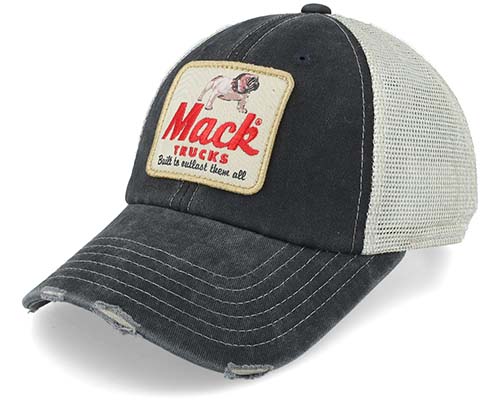
Patches, heat transfers, and applique offer alternative methods for applying logos, each with unique pros and cons.
Alternatives to direct embroidery include patches, heat transfers, and applique, which provide flexibility in design and placement.
- Patches: Fabric patches can feature detailed designs and are sewn or heat-pressed onto hats; good for complex logos.
- Heat Transfers: Vinyl or printed transfers are quick and cost-effective, ideal for small runs or intricate color work.
- Applique: Layered fabric pieces stitched on, creating a dimensional look similar to embroidery.
- Durability: Patches and embroidery offer superior longevity; heat transfers may wear faster.
- Customization: Heat transfers allow more color variety; embroidery is limited by thread colors.
| Alternative | Durability | Design Flexibility | Typical Use |
|---|---|---|---|
| Patches | High | High | Complex logos |
| Heat Transfers | Medium | Very High | Small runs, colorful |
| Applique | High | Medium | Decorative accents |
6. How to Ensure High-Quality and Durable Direct Embroidery on Hats?
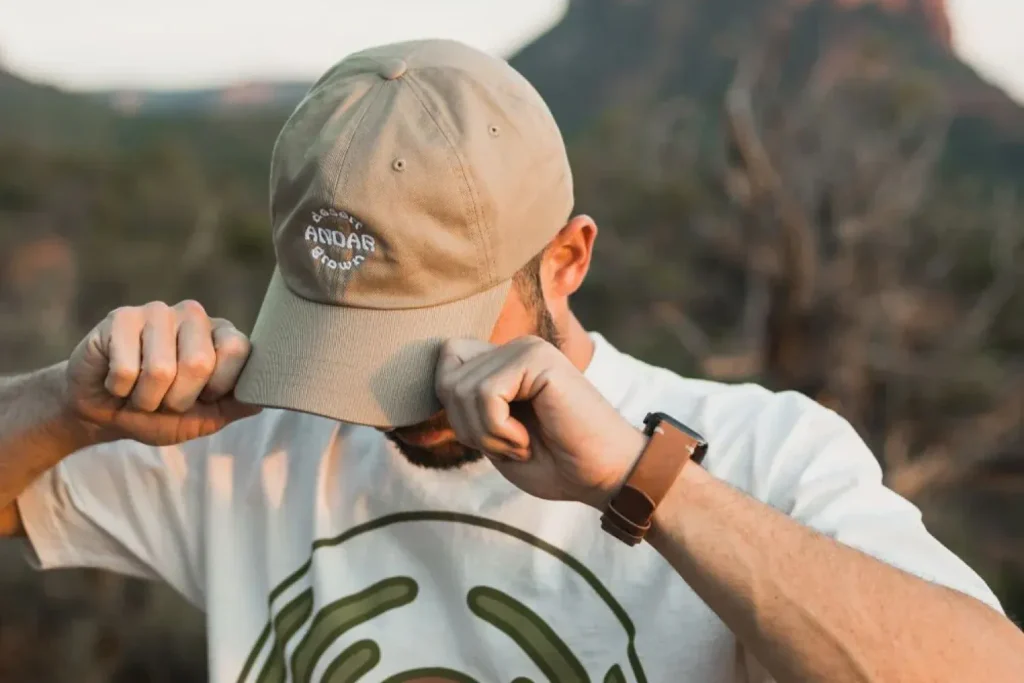
Quality depends on good design prep, material selection, skilled machinery operation, and proper care.
High-quality embroidery relies on vector designs, durable threads, proper tension, quality materials, and hat care to maintain logo integrity.
- Design Prep: Provide clean vector files with simplified details.
- Material Choice: Select fabrics compatible with embroidery and use stabilizers.
- Thread Quality: Use polyester or rayon threads for fade resistance.
- Machine Settings: Optimize tension and speed for even stitching.
- Care Instructions: Gentle hand wash or spot clean; avoid high heat drying.
| Best Practice | Benefit | Implementation |
|---|---|---|
| Vector Designs | Clear, scalable logos | Use AI, EPS, or SVG files |
| Compatible Fabrics | Prevent fabric damage | Cotton, polyester blends |
| Quality Threads | Longevity, colorfastness | Polyester or rayon |
| Proper Machine Use | Consistent stitch quality | Skilled operators needed |
| Maintenance | Logo longevity | Gentle washing, air dry |
Embroider Your Hats Perfectly with Kinwin
Direct embroidery on hats is a sophisticated process that combines art and technology. With the right techniques and expertise, you can create hats with vibrant, durable logos that elevate your brand. Kinwin offers professional custom embroidery services, ensuring every stitch reflects quality and style.
Contact Kinwin today to get a personalized quote and start crafting hats with stunning, long-lasting embroidered logos.



